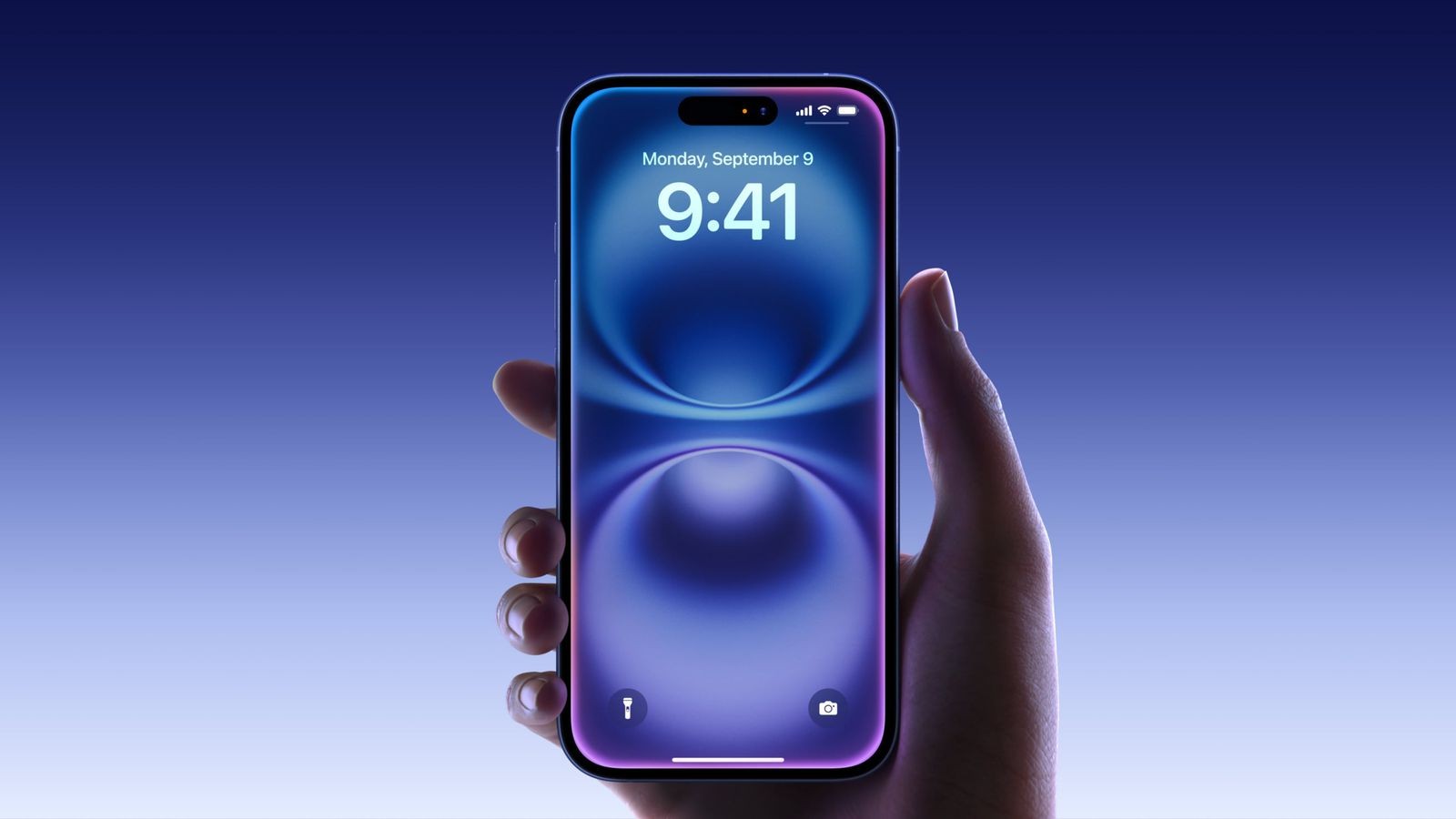
Apple's latest iPhone 16 series has hit the market, and while most specifications were disclosed at the launch event, one crucial detail remained under wraps - the battery capacities. Now, thanks to information from Brazilian regulatory agency Anatel, we have the full picture of what powers these new devices.
A Boost Across the Board
All four models in the iPhone 16 lineup boast larger batteries compared to their predecessors:
- iPhone 16: 3,561 mAh (6.3% increase)
- iPhone 16 Plus: 4,674 mAh (6.6% increase)
- iPhone 16 Pro: 3,582 mAh (9.4% increase)
- iPhone 16 Pro Max: 4,685 mAh (6% increase)
The most substantial upgrade is seen in the iPhone 16 Pro, with nearly a 10% increase in battery capacity.
More Than Just Numbers
While these increases are noteworthy, it's worth remembering that battery capacity alone doesn't tell the whole story. The new A18 and A18 Pro chips, known for their efficiency, are expected to work in tandem with these larger batteries to deliver improved overall battery life.
Charging Improvements
The iPhone 16 series also brings advancements in charging capabilities. The new models support faster 25W MagSafe charging, though this requires a new MagSafe charger and a 30W adapter. Additionally, USB-C charging speeds have been boosted to 45W, up from 25W in the previous generation.
Thicker Pro Models
Interestingly, the Pro models in the iPhone 16 lineup are slightly thicker than their non-Pro counterparts, measuring 8.25 mm compared to 7.80 mm. This extra space likely accommodates the larger batteries in these premium devices.
Performance in Real-World Tests
Early battery life tests have shown impressive results for the iPhone 16 series. The iPhone 16 Pro Max, for instance, lasted over 18 hours in continuous use tests, outperforming many Android competitors with larger battery capacities. This underscores Apple's focus on optimizing the interplay between hardware and software for maximum efficiency.
As consumers begin to get their hands on these new devices, the real-world impact of these battery improvements will become clearer. For now, it appears that Apple has made strides in addressing one of the most critical aspects of smartphone usage - battery life.